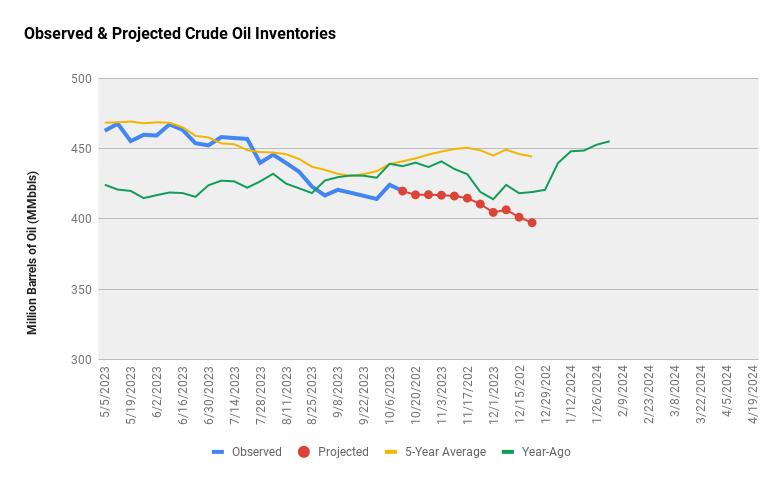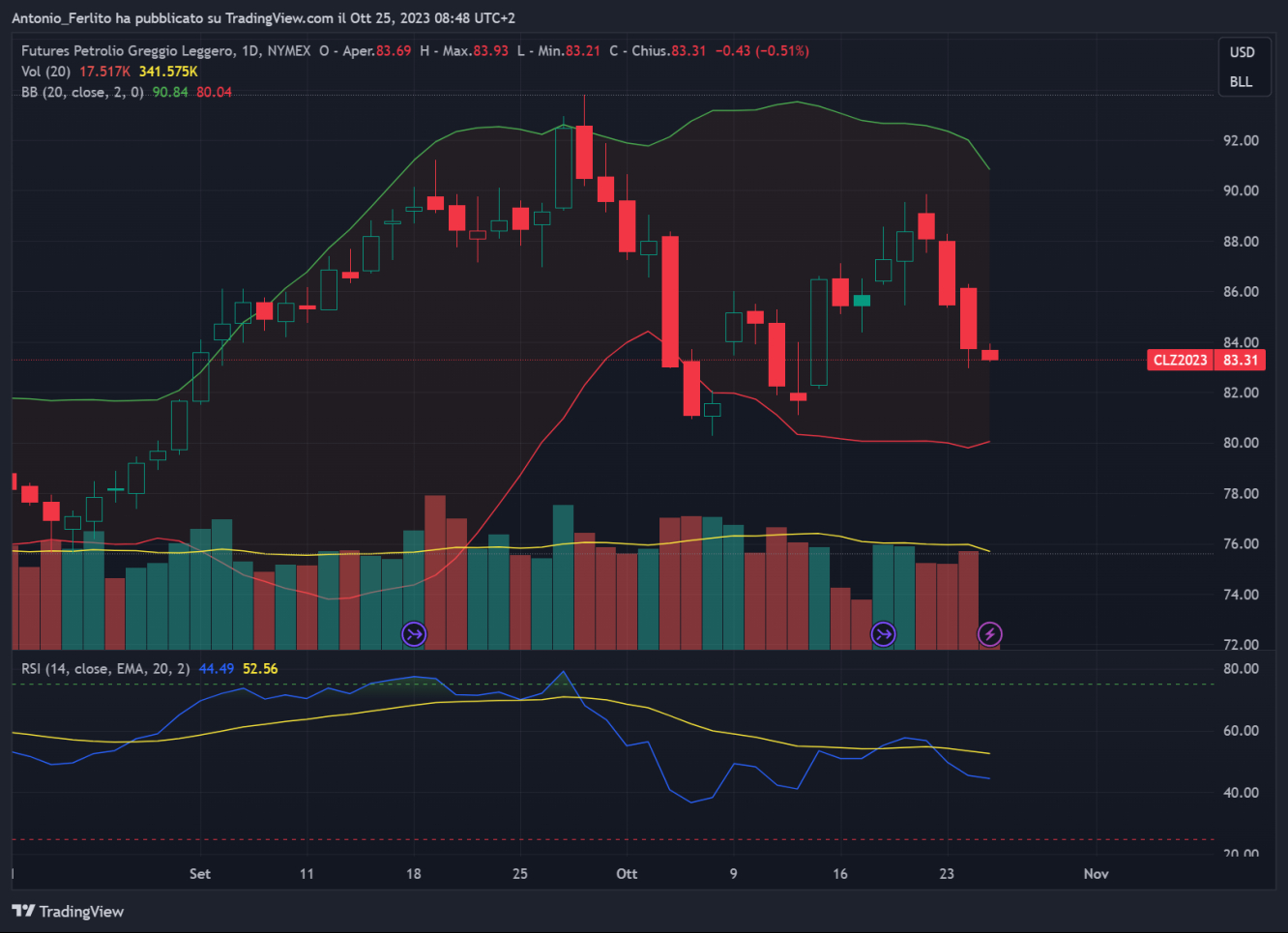The ongoing conflict between the Islamist group Hamas and Israel is a major geopolitical threat to oil markets, second only to Russia's invasion of Ukraine last year.
Although the conflict has not yet affected oil flows, an escalation is increasingly likely.
First, the U.S. could escalate sanctions against Iran if that country becomes embroiled in the conflict, putting further pressure on an already unstable market.
Second, the agreement to normalize relations between Saudi Arabia and Israel-negotiated by Washington and which would allow the Saudi kingdom to increase oil production be called into question.
To support oil prices, Saudi Arabia and Russia have announced voluntary supply cuts through the end of 2023.
These moves led to prices spiking to their highest in a decade in late September.
However, macroeconomic concerns caused prices to fall sharply two weeks ago.

There is great concern about Iran as there is a possibility that it will disrupt the flow of oil through the Strait of Hormuz, the important artery that carries the fifth part of the world's supply.
It is important to remember that Iran is already under sanctions, and the possibility of tougher U.S. sanctions could have an even greater impact on oil supplies and energy prices.
President Biden will try to avoid this situation, especially before the 2024 elections.
There has been an attempt to bring Saudi Arabia and Israel closer, with the United States acting as an intermediary.
According to reports, the agreement calls for normalization of relations between the kingdom and Israel in exchange for a defensive pact with Washington.
In addition, Saudi Arabia has informed the White House of its willingness to increase oil production early next year to help reach this agreement.
At the time of writing, WTI crude oil futures reached $87 a barrel on Monday, falling for the second consecutive session as diplomatic efforts to avert a war between Israel and Hamas in the Middle East reduced concerns about oil supply in the region.
In addition, humanitarian convoys arrived from neighboring Egypt over the weekend to help Gaza as Israel suspended its attack under U.S. pressure.
The United States is doing its utmost to keep oil prices stable, including the lifting of sanctions against OPEC member Venezuela after it pledged to hold democratic elections next year.
Based on my observations, I believe the conflict remains limited because of U.S. intervention.
They do not want higher oil prices and are currently engaged in issues such as the crisis in Ukraine.
However, there is a risk that it could become a wider regional conflict if it is not handled properly.
Due to the removal of sanctions on Venezuela and the collapse of oil demand in the United States, oil prices are likely to fall even further.
In addition, the increasing availability of oil will contribute to this downward trend.
From a technical point of view, the long trend is losing strength, and with the reduction of tensions in the Middle East-which is my most likely scenario-I expect that we will see oil prices around $82 per barrel in the coming quarters.
